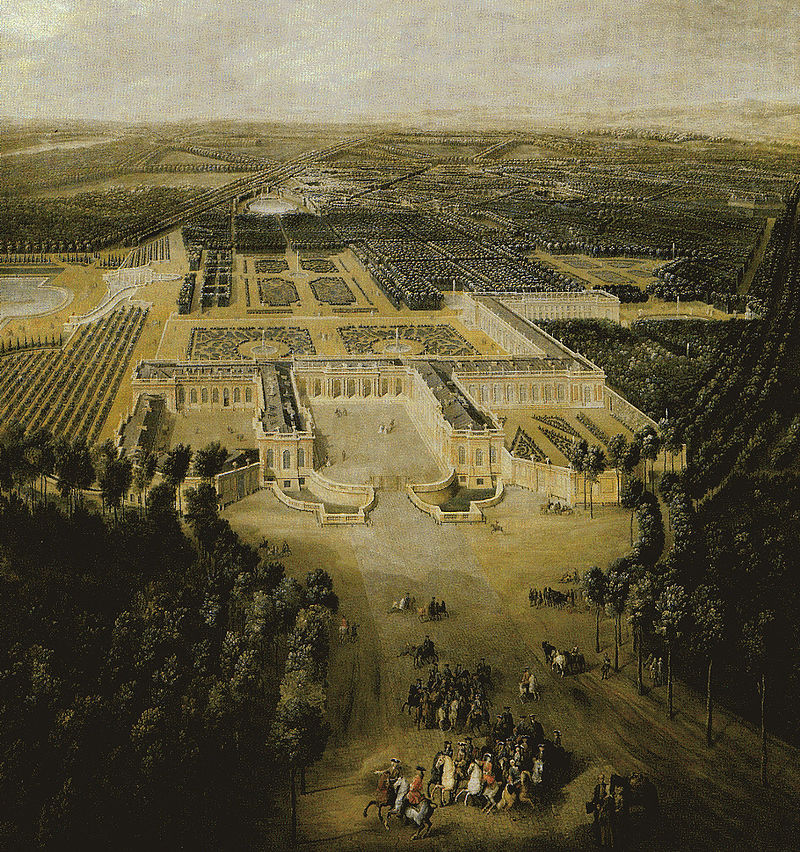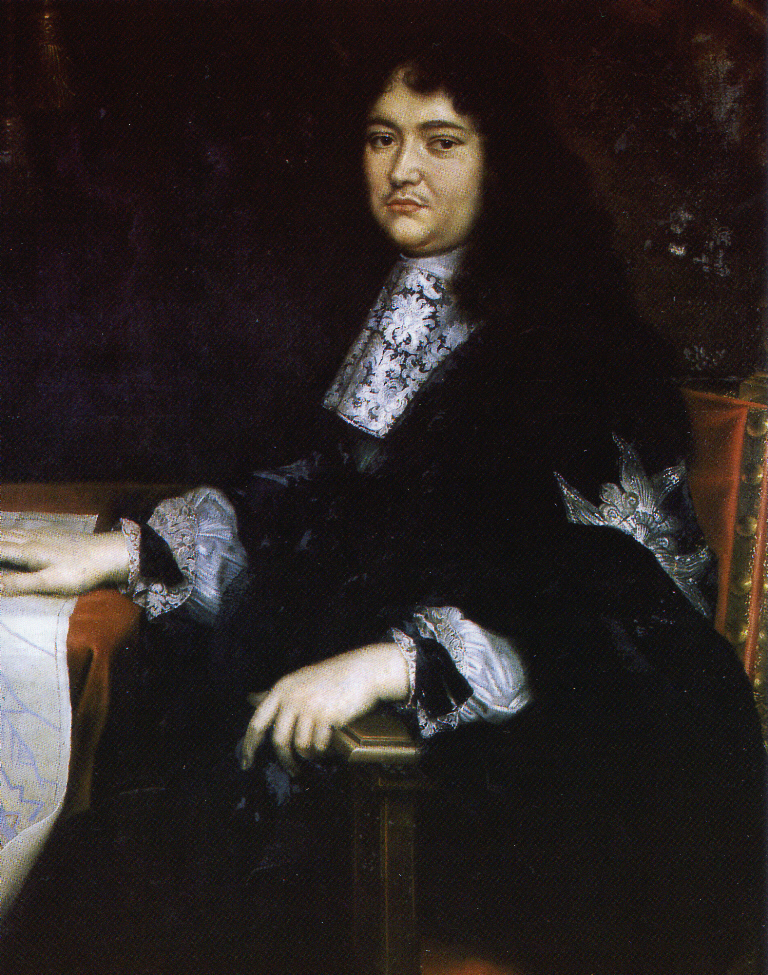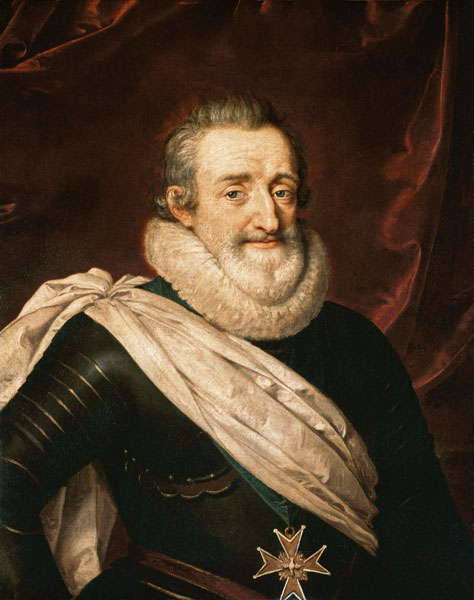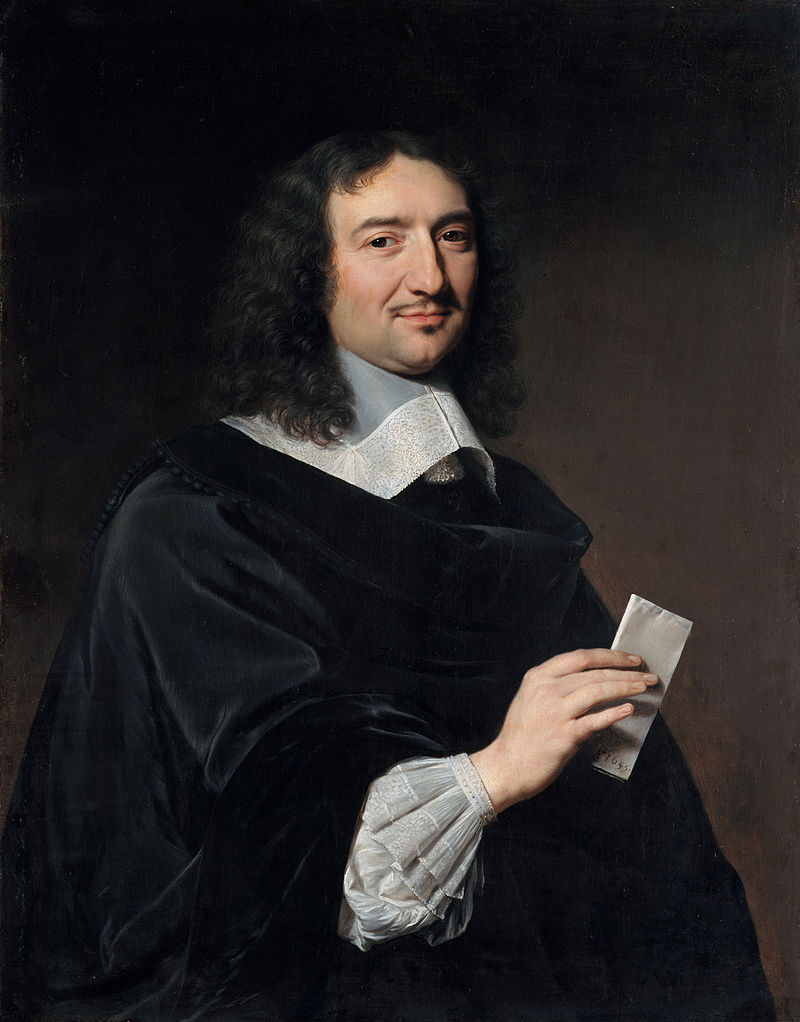Gaston de France, Duc d’Orléans
Gaston de France was the fifth of six children born to Henri IV and his second wife Marie de Médicis. Henri IV was married to Marguerite de France aka la Reine Margot, but no children were born to them. They settled for separation and Henri married the Italian Marie de Médicis in October 1600.

Their first child was born pretty much nine months after the marriage, a boy named Louis, who would become Louis XIII and reign France from 1610 to 1643. A girl, Élisabeth, followed a year later. Another girl, Christine, in 1606 and a son, commonly called Nicolas-Henri, in 1607. Gaston was born at Fontainebleau on 24 April 1608 and given the title Duc d’Anjou. The last of the couples children, Henriette-Marie, was born in 1609.
Commonly called just Gaston, his full name is actually Gaston Jean-Baptiste. Gaston after Gaston de Foix, suggested by his godmother Marguerite de France, and Jean-Baptiste was suggested by his godfather François de Joyeuse.
At the time of his birth Gaston was third in line to the throne after his older brothers Louis and Nicolas-Henri, called Monsieur d’Orléans. As Henri IV was assassinated on 14 May in 1610, Louis succeeded to the throne as Louis XIII. Monsieur d’Orléans died the following year, making Gaston the heir of his older brother.
Gaston grew up under the watchful eyes of Françoise de Montglat. Madame de Montglat had been appointed royal governess to the children of Henri IV, including the illegitimate ones, which were raised together with the legitimate offspring. They nicknamed her Mamangat.
Gaston had cultivated and refined manners, but was considered to be fallacious and inconstant. Which made him a bit of a nightmare for his brother Louis. Gaston was heir presumptive to the throne of France from 1611, after the death of Nicolas-Henri, until the birth of his older brother’s first son, the future Louis XIV, in 1638. He was engaged already as a young boy to Marie de Bourbon, who was actually meant to marry Nicolas-Henri. As the latter died, she was almost immediately engaged to Gaston.
Marie was the only heiress of the vast Montpensier fortune and thus a fabulous match… but Gaston did not really want her, which lead to something called the Conspiration de Chalais. A bit of a mess in which one party wanted Gaston to marry Marie, a other, including him, did not want a marriage, and yet another secretly planed to have Louis XIII replaced with Gaston, after which he should marry Anne d’Autriche. (Anne was against the marriage of Gaston and Marie too, because her own marriage, of already ten years, was still childless, thus France had no heir apart from Gaston, and she was of the opinion she should be the one to give birth to the next King.)

The Conspiration de Chalais failed and Gaston, despite his aversion to do so, had to marry Marie de Bourbon. The wedding took place on 6 August in 1626 in Nantes, in presence of Louis XIII, Anne d’Autriche and Marie de Médicis. It was the saddest wedding ever seen according to members of the grooms family.
It lasted not even a year. Their first and only child Anne-Marie-Louise d’Orleans was born in May 1627 and Marie did not recover from the birth. She died only a couple of days later, aged twenty-one. Her vast fortune went to her little daughter, making her the richest girl of France.
In 1626, at the time of his marriage to Marie de Bourbon, Gaston received the appanage, and their respective titles, of the duchies of Orléans, Chartres, and the county of Blois. As Duc d’Orléans, Gaston was put in charge of the troops besieging La Rochellen in 1628 until the arrival of Louis XIII. By 1630, Gaston had to flee France.
He involved himself in the revolt of the Duc de Montmorency against Cardinal Richelieu and urged the Kingdom to revolt at the head of an army of mercenaries. The revolt failed. Gaston had to flee France and sought refuge in Lorraine.
There, at the court of the Duc de Lorraine, Gaston met Marguerite de Lorraine, sister of the Duc, and fell in love with her at first sight. He nicknamed her l’ange and took in mind to marry her… but there was a problem. Lorraine and France were not at all on friendly terms. For such a marriage, or any other, Gaston needed the permission of the head of the Maison de Bourbon, which happened to be his brother. Louis XIII and Gaston made peace in 1631, but Louis refused to give his permission to the marriage. Stubborn as only a Bourbon in love can be, Gaston travelled secretly back to Lorraine and married Marguerite during the night of 2–3 January 1632, in presence of her family. In a secret ceremony, of course. They did not manage to keep it a secret for too long. The Duc de Montmorency, who had been abandoned by Gaston and was on the way to the scaffold, spilled the beans to Louis XIII and Richelieu.
Louis XIII had the marriage declared not valid by the Parlement of Paris, for said marriage happened without his permission. Gaston and Marguerite married again, this time in front of the Archbishop of Malines, but this marriage was declared not valid either. Gaston hoped that the Pope might intervene, but that did not happen either. He had to accept defeat… and busied himself with plotting against Richelieu.

He concluded a secret treaty with Spain, which was at war with France, in 1634. Then teamed up with his cousin Louis de Bourbon, Comte de Soissons, in a plot to murder Cardinal Richelieu and depose the King. If he was not plotting something, he engaged in debaucheries, gambling, drinking, and affairs, not just with the ladies. Which gained him the reputation of being the greatest libertine of France. The fruits of those affairs, were two daughters. The first, called Marie bâtard d’Orléans, was born in 1631 to Gaston and Marie Pocher. The second, Marguerite bâtard d’Orléans, was born in 1632 to Gaston and an actress. He became father of a son, Louis bâtard d’Orléans, called Comte de Charny, in 1638. The mother being Louise Roger de la Marbelière.
The same year, in 1638, Louis XIII and Anne d’Autriche became the proud parents of the future Louis XIV, which in turn meant Gaston was no longer the heir to the French crown. With France now having a Dauphin and the possibility that Gaston might be King one day being a bit smaller, he lost a part of his financial support and had to give up the reconstruction of the château de Blois.
Still not too fond of Richelieu and his plans of installing absolute monarchy, Gaston get himself involved in the next intrigue in 1642. It was the famous Conspiration de Cinq-Mars. In 1641, Cinq-Mars, a former favourite of Louis XIII, was active in the Comte de Soissons’ rebellion. The next year, he conspired again, with Gaston, to try to get support for the rebellion from Philip IV, King of Spain. Richelieu’s spy service caught him in the act. Cinq-Mars was abandoned by Gaston and sentenced to death by beheading. Cinq-Mars was beheaded in September 1642. Richelieu died in December the same year.
One year later, in 1643, Louis XIII died. Louis and Gaston made peace again at Louis deathbed. Gaston asked for forgiveness, which was granted, and he was made governor and lieutenant-general of Languedoc. Louis also granted his official permission for an official marriage of Gaston and Marguerite de Lorraine. They married once more and this time validly in July 1643. Eleven years after the first exchange of wedding vows, Marguerite and Gaston were finally allowed to live together and appear at court together.

They settled at the Palais du Luxembourg, which was bequeathed to Gaston after the death of his mother and renamed Palais d’Orléans. Marguerite and Gaston had five children: Marguerite-Louise d’Orléans, born in 1645, married Cosimo III de’ Medici. Élisabeth-Marguerite d’Orléans, born in 1646, married Louis-Joseph de Lorraine. Françoise-Madeleine d’Orléans, born in 1648, married Charles-Emmanuel II de Savoie. Jean-Gaston d’Orléans, born in 1650, died not yet aged two. Marie-Anne d’Orléans, born in 1652, died not yet aged four.
Gaston was appointed Lieutenant-General of France after the death of Louis XIII and participated victorious in the Franco-Spanish War, conquered large parts of the Spanish Netherlands… then he got involved in the Fronde, the civil war that raged during the first years of Louis XIV’s reign. His allegiance changed sides often and he showed no particular loyalty to either side. In the end, he got exiled for it.
The Duc d’Orléans was exiled to the chateau de Blois in 1652 and pretty much spent the remainder of his life there. He died at Blois on 2 February in 1660, aged fifty-one.
In his will, dated 1 February 1660, he bequeathed a large part of his art collection to Louis XIV, including medals, books, maps, prints, and drawings on vellum. His title and the larger part of his appanage went to his nephew Philippe. Gaston was buried at Saint-Denis and rested there peacefully until the French Revolution, when his remains, and that of his family, were plundered, stripped of valuables and tossed into a mass grave.





One Comment
Eva Veverka
What a numnutz.